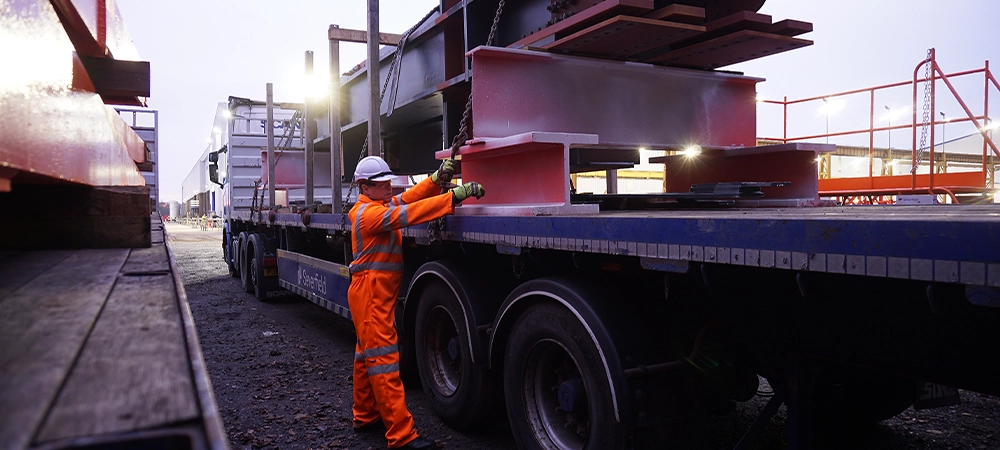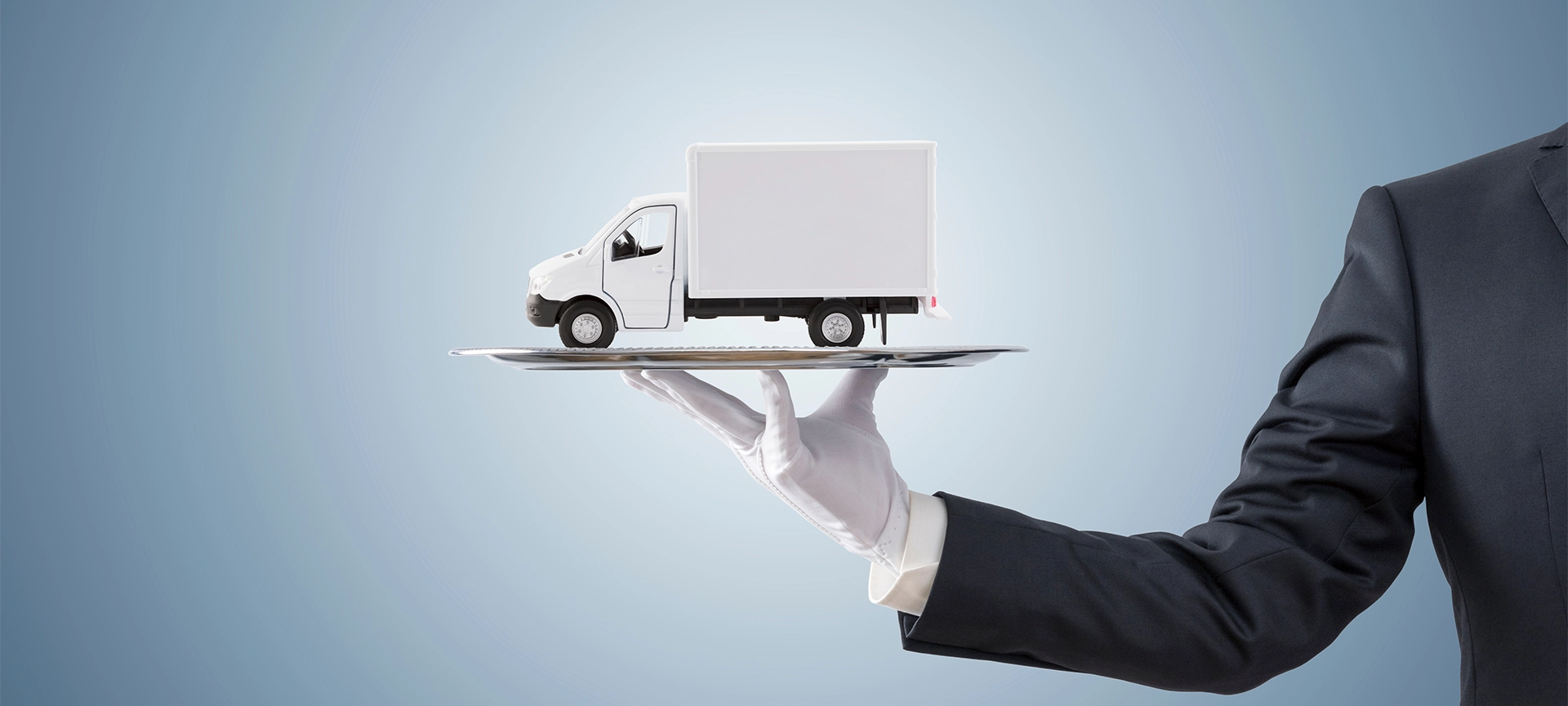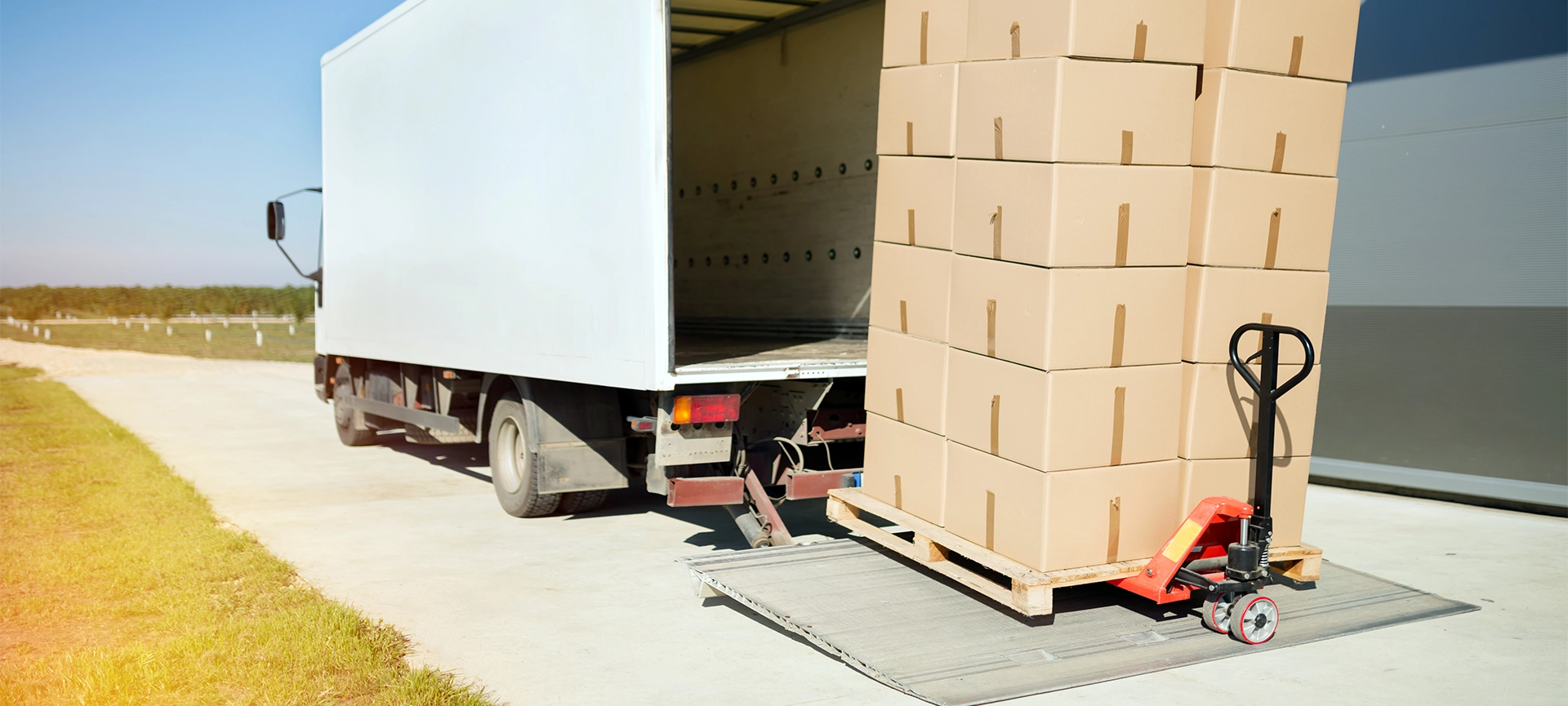Heavy equipment transport isn’t as simple as putting it on a truck and sending it off. Whether you’re moving industrial machines, construction vehicles, or oversized farm tools, you need a reliable, legal, and safe plan, especially across long distances or international borders.
At RoadLINX, we specialize in heavy equipment transport across North America. With more than 20 years of experience in logistics and freight, we’ve handled everything from excavators to printing presses. We know how this works and what it can cost you in delays or damage if not done right.
Here’s a clear breakdown of how to transport heavy equipment, including your best shipping options, what to watch out for, and how to make the process as smooth as possible.
Related Article: What Are the Size and Weight Limitations for Air Freight from Toronto to Chicago?
What Qualifies as Heavy Equipment?
Heavy equipment usually includes any machinery or item that:
- Weighs several tonnes
- Has large dimensions or an irregular shape
- Requires special loading equipment
- Doesn’t fit into standard freight containers
This can include:
- Bulldozers, excavators, and backhoes
- Tractors and harvesters
- Cranes, lifts, and scaffolding
- Industrial generators or compressors
- Large manufacturing or production machines
These items often exceed standard freight dimensions or weight limits, which is why specialized transport methods are required.
Related Article: Difference Between Dry Van Freight and Flatbeds
Step 1: Choose the Right Shipping Method
The type of equipment you’re moving will determine the right transport method. RoadLINX offers multiple solutions based on your load’s size, shape, and destination.
1. Flatbed Trucking
Best for: Oversized, heavy, or oddly shaped machinery that won’t fit in a closed trailer.
Flatbed trailers have no walls or ceilings, making it easy to load heavy items by crane or forklift. They’re one of the most flexible options for equipment that doesn’t require enclosure or protection from the elements.
Variations include:
- Standard flatbeds
- Step-deck trailers for taller loads
- Double drop decks for very tall equipment
- RGN (Removable Gooseneck Trailers) for roll-on/roll-off transport
Pros: Easy loading, handles large dimensions
Cons: Exposed to weather; must be well-secured
2. Lowboy Trailers
Best for: Extremely heavy or tall machinery that exceeds normal height restrictions.
Lowboys sit lower to the ground, allowing you to transport taller items without exceeding legal height limits. They’re often used for equipment like cranes, excavators, or industrial tanks.
Pros: Ideal for extremely heavy or tall loads
Cons: More expensive and limited availability
3. Enclosed Trailers
Best for: High-value or sensitive equipment that needs protection from weather or theft.
While not ideal for very large machinery, enclosed trailers are perfect for smaller but valuable equipment, including electronics or delicate components.
Pros: Full protection; secure from theft and elements
Cons: Limited space; not suited for oversized loads

4. Intermodal Transport
Best for: Long-distance or cross-border shipping, especially when combining truck and rail.
Intermodal shipping uses multiple modes of transport (like truck + train), making it cost-effective and environmentally friendly for bulk or heavy loads.
Pros: Cost savings over long distances
Cons: Requires careful coordination and may take longer
Related Article: Train vs. Truck Freight Efficiency: Pros & Cons of Shipping
Step 2: Know the Regulations
Heavy equipment shipments must comply with a range of legal and safety rules, especially if the load exceeds normal weight or size limits.
Key regulations include:
- Oversize/overweight permits: Required if your load exceeds provincial or state transport limits.
- Escort vehicles: Sometimes required for very wide or tall loads.
- Route planning: Avoid low bridges, narrow roads, or weight-restricted areas.
- Cross-border documentation: Customs paperwork for U.S./Canada shipping, including commercial invoices and a bill of lading.
At RoadLINX, we handle all required permits and routing to keep your shipment compliant and moving on time.
Step 3: Prepare the Equipment for Transport
Preparation is critical. Poorly prepped equipment can shift in transit, get damaged, or delay your shipment.
Here’s how to prep effectively:
- Clean the equipment: Removes debris and helps with inspection.
- Drain fluids: Fuel, oil, and coolant may need to be emptied to prevent leaks.
- Remove loose parts: Detach anything that could fall off in transit.
- Protect sensitive components: Cover electronics or glass parts with padding or weather-resistant wraps.
- Document the condition: Take photos before transport in case there’s any damage during shipment.
If you’re unsure how to prep, our logistics team can walk you through the requirements or handle the prep for you as part of the service.
Step 4: Load and Secure the Equipment
Loading and securing heavy equipment is not something to improvise. Incorrect load balancing, weak tie-downs, or poor anchoring can cause serious problems in transit.
Best practices include:
- Use the right loading equipment (crane, forklift, ramps, or RGN trailers)
- Balance the load evenly to avoid shifting or tilting
- Use rated chains and binders approved for heavy loads
- Check anchor points on both the trailer and the machinery
- Double-check clearance for overhead height, width, and weight before hitting the road
RoadLINX works with experienced handlers who understand how to load and secure heavy freight properly, so your equipment arrives safely and intact.
Related Article: Choosing the Right Flatbed Trailer for Your Shipping Requirements: A Comprehensive Guide

Step 5: Track and Manage the Shipment
Once your shipment is on the road, you still want visibility and peace of mind. That’s why we offer real-time tracking and direct communication throughout the process.
With RoadLINX, you’ll always know:
- Where your equipment is
- Who’s handling it
- When it’s expected to arrive
- What to do if something changes
For time-sensitive jobs or high-value items, we also offer dedicated dispatch and priority support.
Common Mistakes to Avoid
Even experienced businesses sometimes overlook key steps when shipping heavy equipment. Here are the most common errors we help clients avoid:
- Skipping permits or misjudging size limits
- Using the wrong type of trailer for the load
- Underestimating the lead time for complex moves
- Failing to secure loose parts or accessories
- Missing customs paperwork for cross-border shipments
Avoiding these issues is one of the reasons to partner with a trusted logistics provider so you don’t have to learn the hard way.
Ship Smarter, Not Riskier
Heavy equipment shipping is a high-stakes task. Mistakes cost money, time, and sometimes safety. But with the right partner, it doesn’t have to be stressful.
At RoadLINX, we’ve spent over two decades helping businesses move heavy, oversized freight across North America. Whether you’re relocating one machine or coordinating a full job site move, we offer custom solutions that keep your equipment safe, on budget, and on time.
Need to move heavy or oversized equipment? RoadLINX offers safe, efficient, and fully compliant shipping solutions across North America. From flatbed freight to permits and prep, we handle every detail so your equipment arrives on time and in top shape.
Contact us today to get a custom quote.



